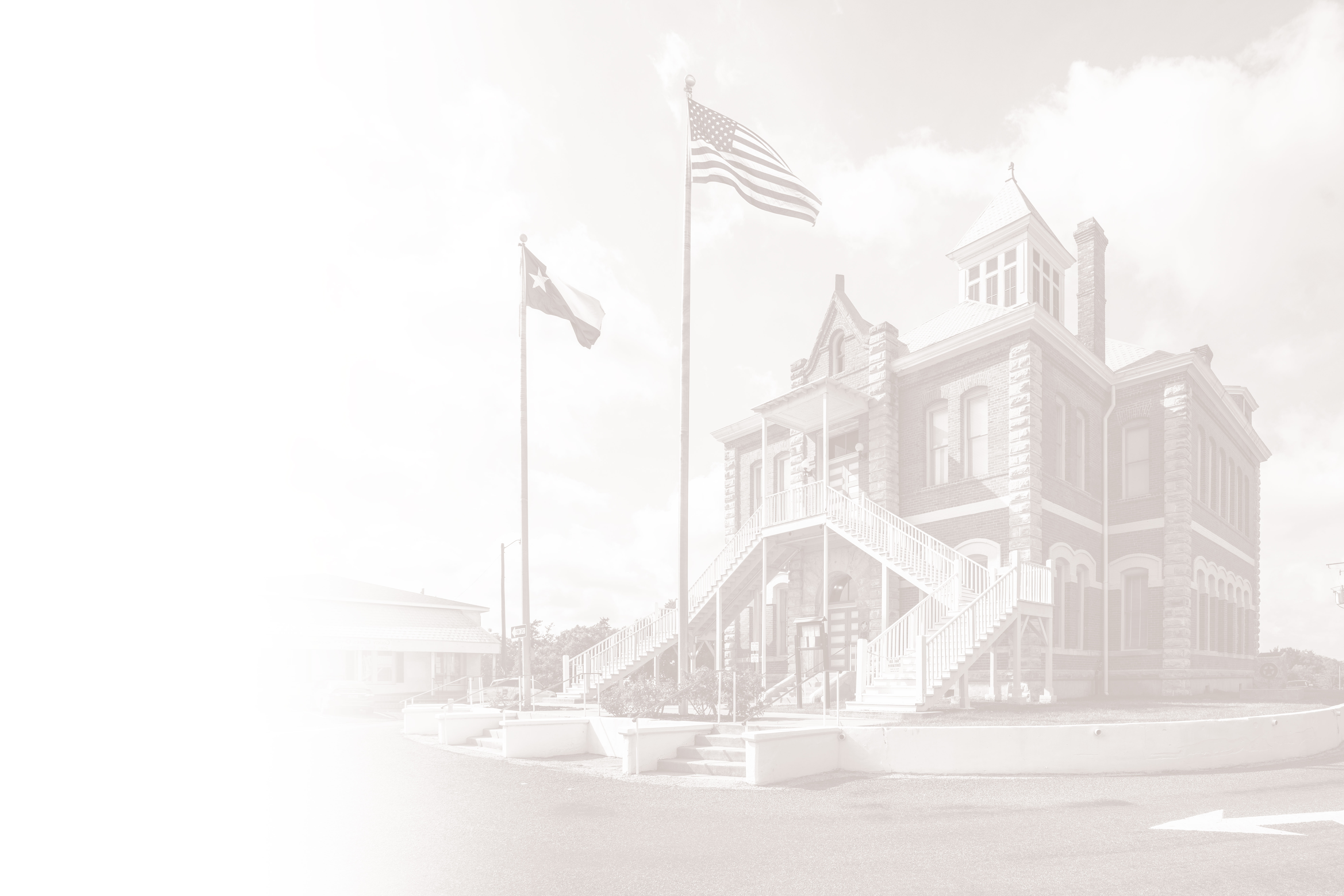It’s been a long time since many of our Texas CLGs became certified; however, the application requirements have not changed much since the state adopted the program in 1986. One of the items that we still require from both cities and counties is a preservation plan.
Ideally, a preservation plan is incorporated into the city or county’s comprehensive plan or adopted by the local government as a standalone document to compliment the comprehensive plan. Preservation plans include short-term and long-term goals for the community’s preservation activities and action items or steps to achieve those goals.
The National Alliance for Preservation Commissions describes Preservation Plans as a “proactive way to provide protection of a community’s historic resources and character.”
Preservation Plans may include the following sections:
- Current state of preservation in the community
- Mission and/or vision statement of the preservation program or preservation commission
- Goals or objectives to advance preservation in the community
- Action items describing the ways in which the community will achieve the goals outlined
- Timeline with target dates assigned to each action item
- Resources assigned to each action item — who will be responsible for making sure it gets done?
Outside consultants can be hired to develop a Preservation Plan and CLG Grants are available to help cover the cost of this eligible project; however, plans developed by city or county staff are also acceptable.
Based on the FY17 CLG Annual Report, we know that about 80% of CITY CLGs are operating under a Preservation Plan or a Comprehensive Plan that incorporates preservation goals. We know this number goes down with COUNTY CLGs as only half (50%) reported working from a Preservation Plan. It’s our goal to have 100% of CLGs operating from a Preservation Plan because being proactive, setting goals, and anticipating challenges will only help strengthen local preservation efforts and lead to better protection of historic resources.
A Preservation Plan for Your Community
Preservation Plans come in many forms, the key is to find the one that works best for your community. Ideally, the community’s Comprehensive Plan addresses preservation and successfully weaves preservation goals into almost every chapter of the Plan. This emphasizes the reality that preservation can be a tool to address many planning issues!
The Comprehensive Plan can also outline goals for the local preservation program within a chapter of the plan. While this is also an acceptable practice, it can isolate preservation goals and make it harder for the community to understand how preservation fits with the community’s overall goals and plans.
A community may also develop a standalone Preservation Plan. In this scenario, preservation goals are typically addressed in isolation; however, this can help the community to focus on the preservation needs of the city or county. For the plan to be effective, it should be adopted by City Council or the County Commissioners Court. Preservation Plans are the perfect complement to Comprehensive Plans since they detail exact goals and action items for the preservation program.
Another, budget- and time-friendly option, is to create Annual Preservation Goals. The Preservation Program works with the Preservation Commission and Planning Staff to develop annual goals which are later presented to elected officials. This option allows stakeholders to dictate the direction of the program and set realistic and attainable goals for the Preservation Commission and Historic Preservation Officer. Keep in mind that Annual Preservation Goals usually only address short-term goals, don’t address long-term preservation planning issues or integrate these goals with other city initiatives, and may not include an extensive public engagement and outreach component like a Comprehensive Plan or Preservation Plan.
Additional Resources:
Every state is required to have a Preservation Plan.
Counties can adopt Preservation Plans too.
- Developing a Strategic Plan
This resource is specific to preservation nonprofits and advocacy groups; however, it does a good job of explaining the planning process.
Contact Us
If you have questions about the Certified Local Government Program, please contact the program administrator using the information listed here.
-
Phone:
+1 512-463-7812 -
Email:
clg@thc.texas.gov -
Address:
P.O. Box 12276
Austin, TX 78711
United States
